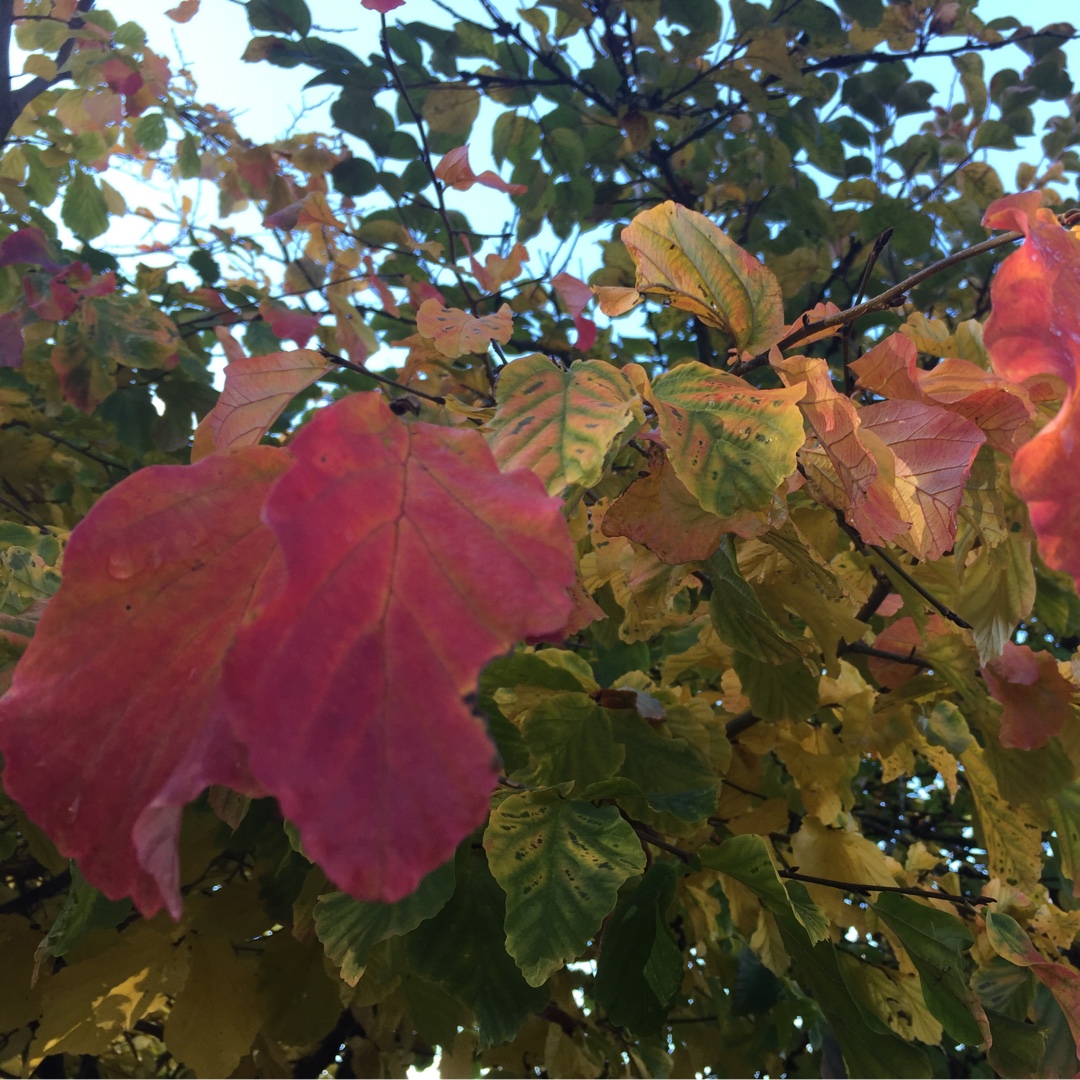
Parrotia
Persian Ironwood
Parrotia are deciduous trees. The leaves are oval, and give good Autumn colour, and the tree bears small red flowers appear on bare branches in late Winter and early Spring.
Contributed by @kittoch
-
Full sun to partial shade
-
Occasional watering
-
Full Frost Hardy: 5F (-15°C)
-
Moist and free draining
Common name
Persian Ironwood
Latin name
Parrotia
type
Deciduous tree
family
Hamamelidaceae
ph
5.5 - 8.5 Acid - Neutral
Plant & bloom calendar
-
Best time to plant
-
When the plant will bloom
full grown dimensions
 8.00 M
8.00 M
8.00 M
8.00 M
Parrotia
Parrotia are deciduous trees. The leaves are oval, and give good Autumn colour, and the tree bears small red flowers appear on bare branches in late Winter and early Spring.
Flowering
From Late Winter TO Early Spring
Flowers appear on bare branches (in the same way as witch-hazel) in late Winter until early Spring. The flowers can be adversely affected by frost (turning to mush).
Planting
From Early Spring TO Late Spring
Plant into moist but free-draining, preferably fertile, soil in a sunny, or partially sunny site, sheltered from wind if possible. Parrotia prefers slightly acidic soil, but will tolerate even chalky soil
Propagating by semi ripe cuttings
From Late Summer TO Early Autumn
Take semi- ripe cuttings from this season's growth in Autumn. Cut neatly, just below a leaf node, a 5" approx. piece of a healthy shoot that has soft growth at the tip. pinch out the growing tip, and cut off the bottom leaves. Dip the bottom of the cutting in hormone rooting powder, and carefully place in a pot of cutting compost with the leaves just above the level of the compost. Water, label, cover with a polythene bag, and place in a warm, bright place, out of direct sunlight. Take the polythene bag off periodically for a while for ventilation (at least twice a week)












